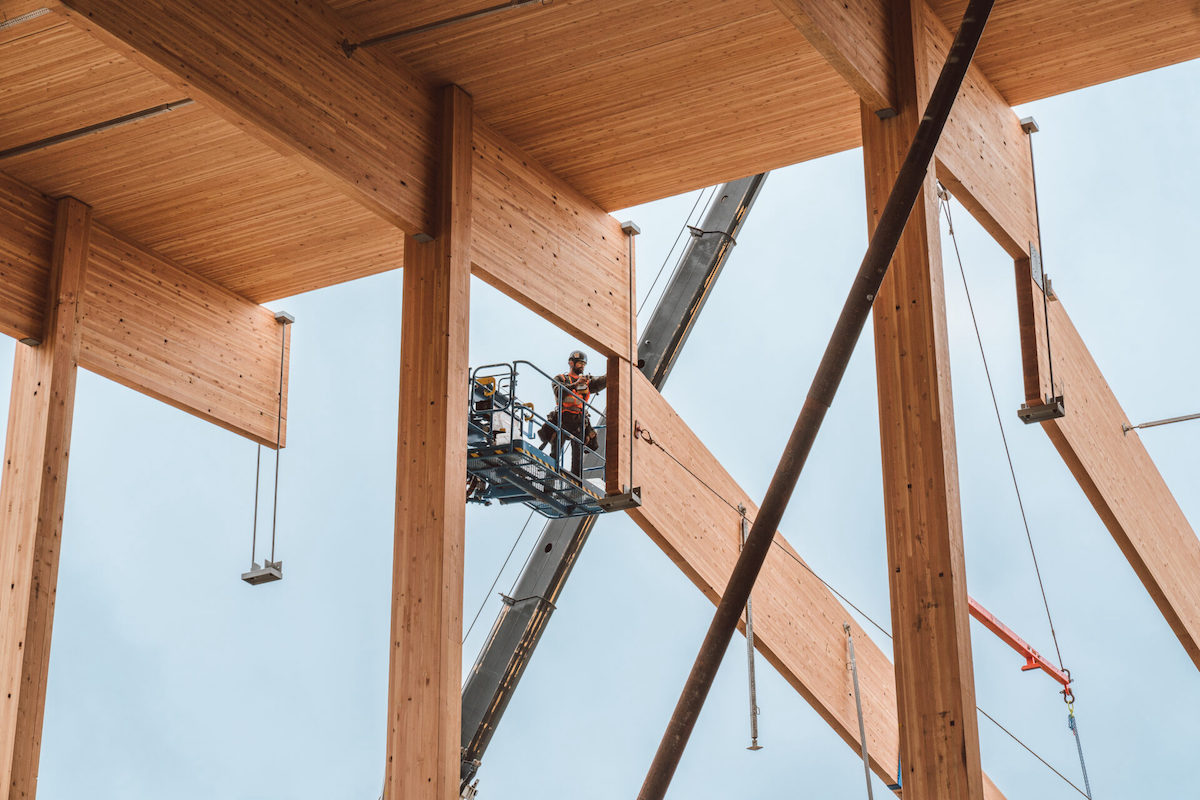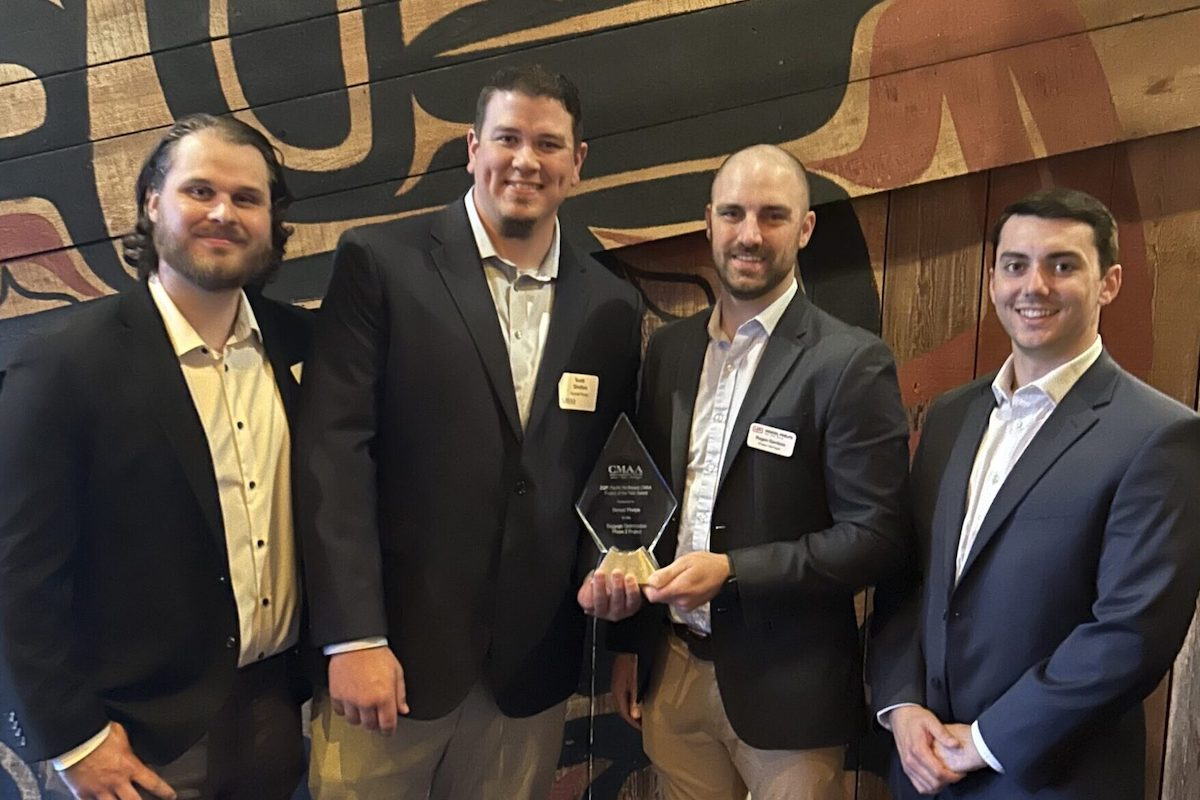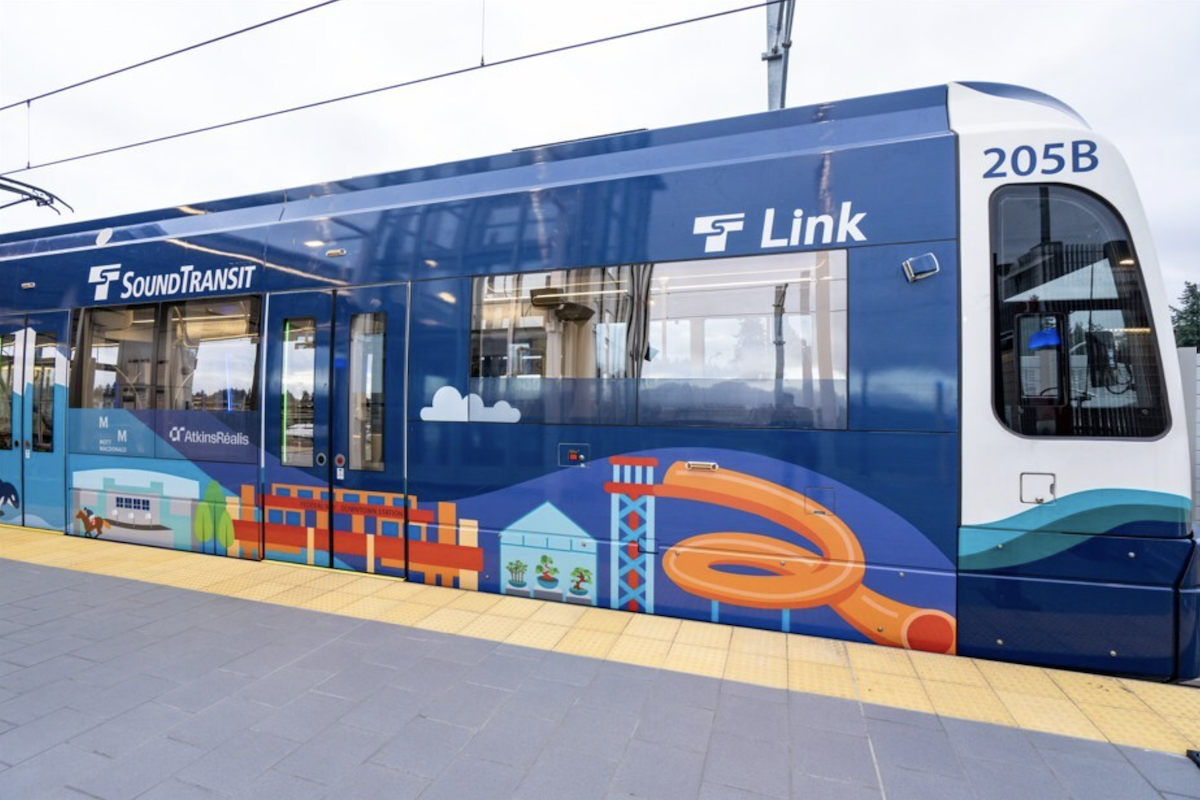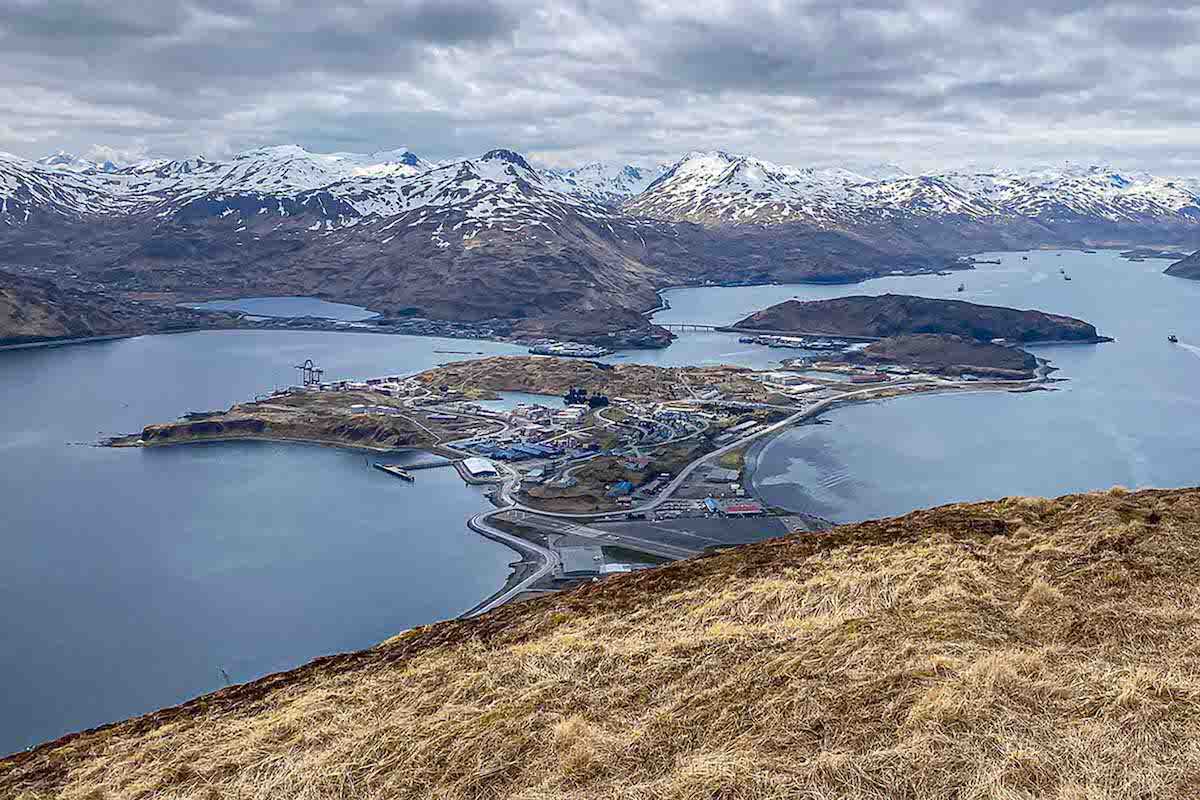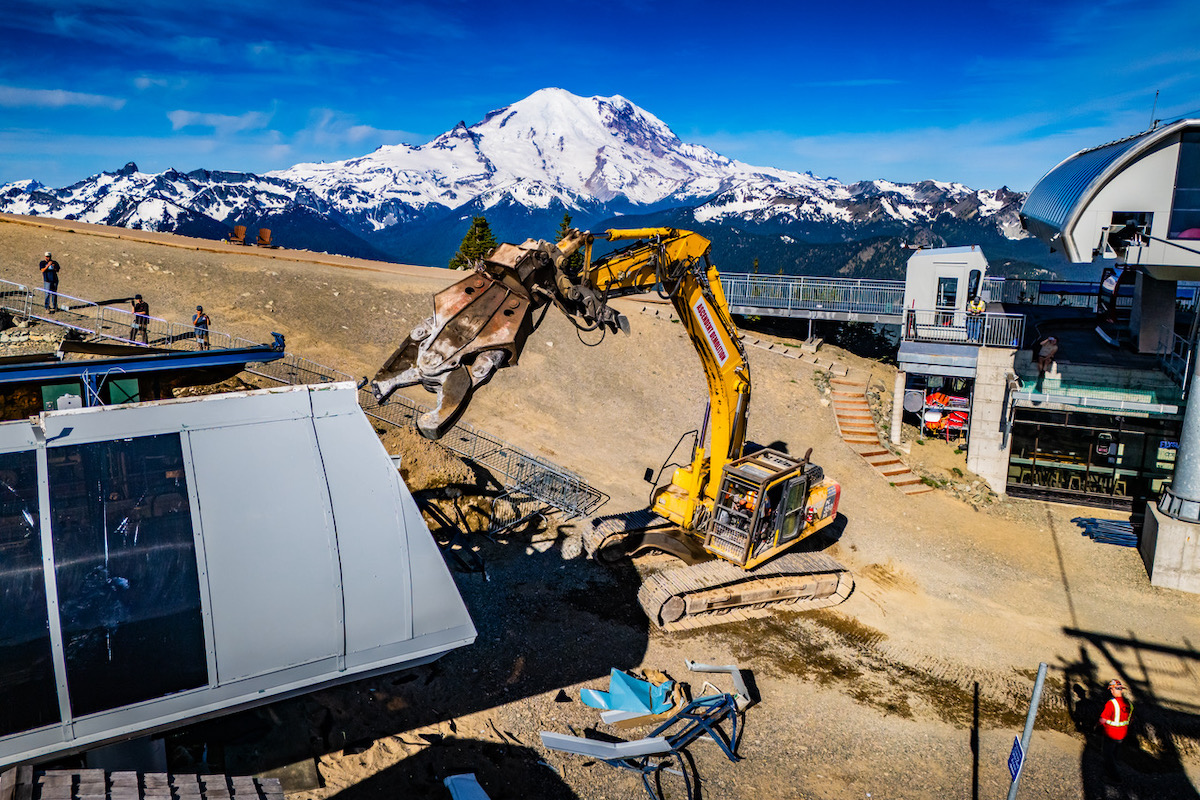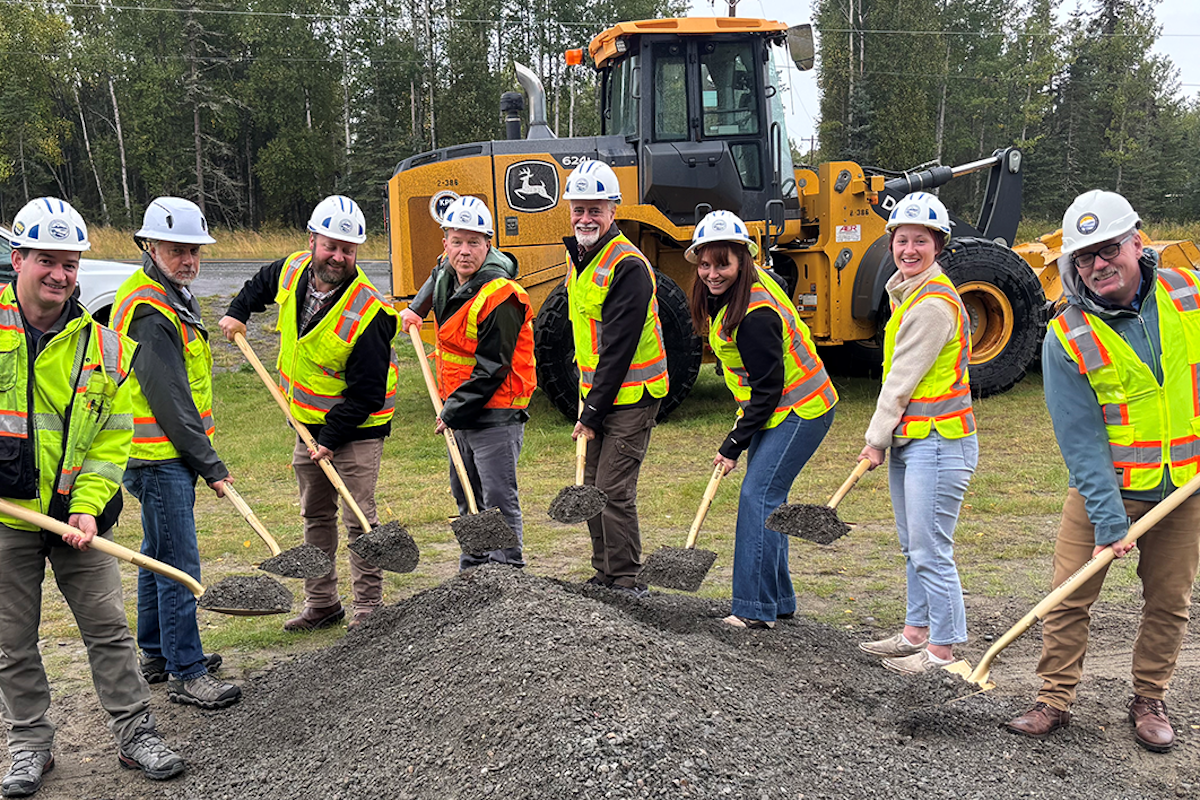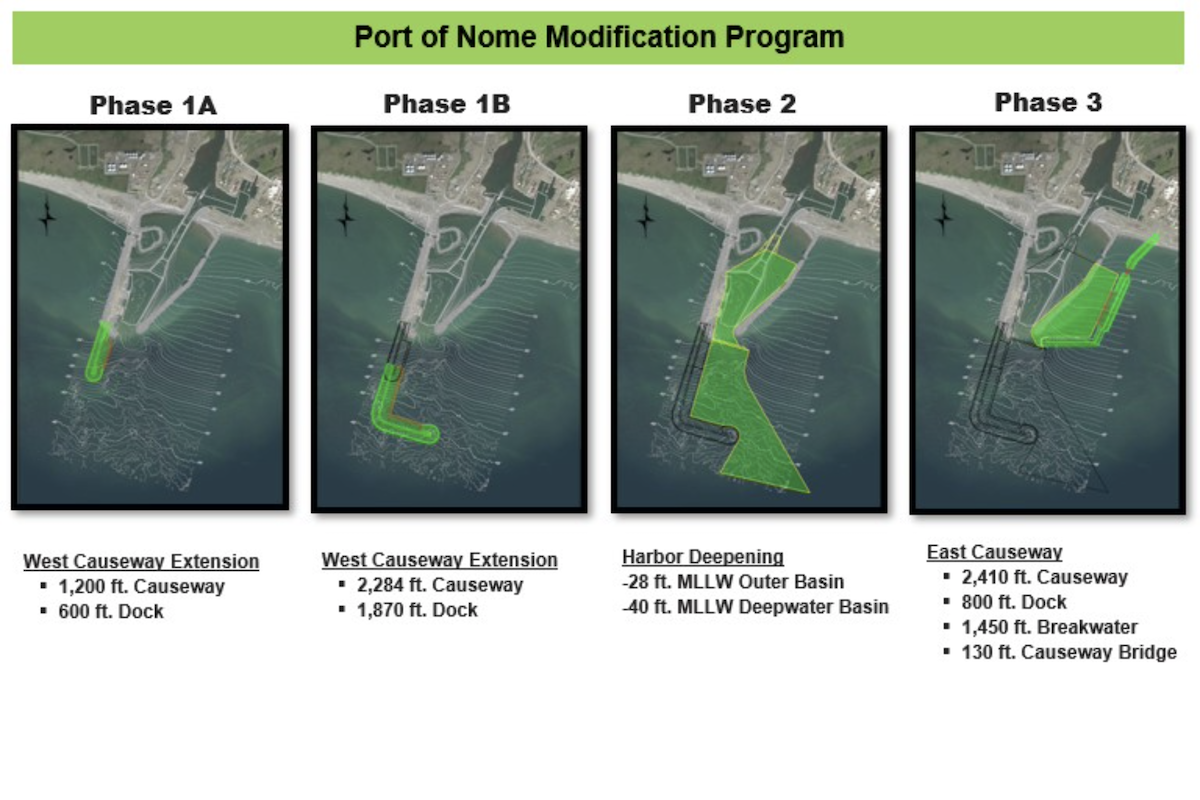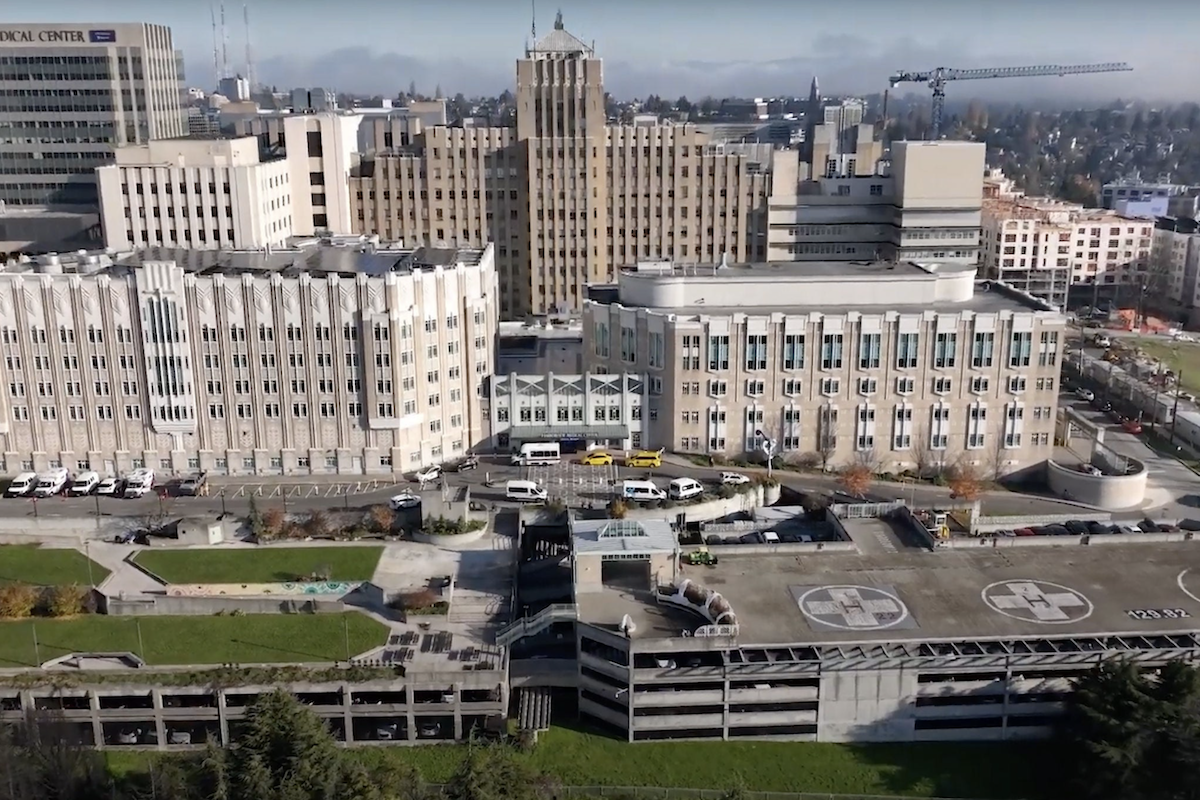When Utah Department of Transportation (UDOT) officials noticed a number of bridges on I-70 between Cove Fort and Sevier with bridge decks showing signs of significant wear, they started the process of updating them. The 20-mile project included replacing the deck concrete on 14 parallel bridges to extend the life of the structures and provide an improved driving surface. Paving crews followed, overlaying the roadway with asphalt.
UDOT hired W.W. Clyde & Co. as the project’s general contractor. The company is a heavy civil construction firm based out of Orem, Utah. W.W. Clyde then hired Lyman, Wyoming-based Redi Services for the bridge concrete removal portion. The contractor provides a number of services, with a focus on hydro blasting.
The project began in April 2018 and finished by the end of 2019. For this to happen, W.W. Clyde carefully choreographed the plan for maximum efficiency. This meant a critical path with little downtime built in and contractors rapidly moving in to complete work as soon as the previous step in the project was finished. Redi Services was tasked with the first step, removing the top half of the 8-inch concrete bridge deck.
The report also found that Hydrodemolition would give the bridge decks a life expectancy boost similar to a bridge deck replacement. UDOT officials say they anticipate Hydrodemolition will extend the bridge decks’ lives by as much as 25 years.

| Your local Volvo Construction Equipment dealer |
|---|
| PacWest Machinery |
Armed with four Aquajet Aqua Cutter 710 robots rented from Jetstream, a Houston-based Hydrodemolition equipment rental specialist, the contractor got to work. It wouldn’t be as easy as simply blasting away the concrete and letting the water and concrete debris flow away, however. UDOT set environmental protection as a top priority and some of the bridges spanned Class A waterways, contamination of which could mean heavy fines and loss of eligibility to work on future government projects. Redi Services needed to retrieve all of the debris and used water, as well as recycle as much as possible.
To do this, the contractor set in place an efficient system of Hydrodemolition, debris and water collection, filtration and reuse. Operators used three robots simultaneously, with one serving as a backup in case of a breakdown. Crews direct Aqua Cutters spaced about 20 feet apart to remove 4 inches of the 8-inch bridge deck concrete with 20,000 psi water jets, leaving 1 inch between the remaining concrete and the rebar. Together, the robots removed about 60 cubic yards of concrete a day. Each machine jetted about 24,000 gallons of water per 10-hour shift.
“The technique was extremely effective,” said Cody Austin, Redi Services Nevada Area Manager. “With chipping tools there is no way to know whether you are through all of the decomposed concrete. With these robots, the removal depth is always even. Plus, there’s almost no risk of damage to the rebar or the structurally sound concrete.”
To prevent the gray water from escaping, crews dammed up the storm collection box on the downhill end of the bridges, as well as any areas fugitive water could leak. The spent water flowed to the collection area where Vactor, Tornado, and Guzzler vacuum trucks sucked it up. Truck operators also followed the robots to remove as much standing water as possible and prevent it from evaporating and leaving concrete dust in the frequent 90-degree heat.
The vacuum trucks then sent the used water through filtration equipment developed by Redi Services, Adler Tank Rentals, and W.W. Clyde. The system processed 150 gallons a minute, first allowing debris to settle in a frac tank, then filtering the water, then conducting pH treatment. The cycle continued until the water was clean, at which point it was dumped into a 21,000-gallon storage tank to be used by the robots again. Crews hauled any water that couldn’t be reused to a settling pond, but Austin says that was only about 10,000 gallons while 180,000 gallons were reused. Crews hauled the concrete debris to a concrete plant where it was also recycled.

| Your local Superior dealer |
|---|
| Westate Machinery Co |
Workers followed with handheld breakers to even out any high spots after robots completed a section. The high points most often occurred where the robots’ sections overlapped. Following concrete removal, crews sprayed the surface with pressure washers or a fire hose to wash away any remaining debris. After that, workers used sand blasters to remove any remaining rust from the rebar. Finally, the contractor used blowers to blow the sand off of the concrete and rebar to one end of the bridge where it was collected.
“It’s a good thing Jetstream responded so quickly,” Austin said. “These machines take a beating as a result of the high-pressure water, so neglecting maintenance is a bad idea. We took good care of them and kept plenty of spare parts on hand.”
When possible, the contractor installed a median crossover to divert traffic off of a bridge and onto the parallel road, allowing Redi Services to complete an entire structure at once. When finished, the traffic was diverted to the completed side to allow work on the opposite bridge. When that wasn’t possible, crews just completed one lane at a time.
The median crossovers failed twice, pushing the project back a week each time. The delay was the result of needing to remove the Hydrodemolition equipment from the bridge that was about to be worked on in order to reopen it to traffic during crossover repair.
Redi Services didn’t need to set up any fall abatement systems because the bridge barriers remain in place during the project. However, the contractor did need to include special precautions as a result of the Hydrodemolition robots. Though heavy rubber shielding surrounds the robots’ water jets, high-speed bits of concrete can still escape and fly hundreds of feet. To protect workers, traffic, and nearby structures, Redi Services installed 8-foot-tall barriers around the work zone. Crews also added extra rubber around the water jets. In addition, workers near the robots wore PPE, including rain suits, hard hats, impact gloves, safety glasses, face shields and blast boots.

| Your local Trimble Construction Division dealer |
|---|
| SITECH Northwest |
In August 2018, six months into the project, Redi Services had completed nine bridges and the contractor was on track to wrap up its portion of all 14 by spring 2019. Total project completion was scheduled for late 2019. At the end of the project, the contractor saved an estimated 1 million gallons of water as a result of recycling, equal to about 63 in-ground backyard swimming pools. Workers removed about 3,300 cubic yards of concrete, most of which was recycled.
“Hydroblasting contractors used to have a reputation for being wasteful and not doing much to catch and treat the wastewater,” Austin said. “UDOT officials, impressed with our collection and recycling efforts, tell us they expect there will be a lot more Hydrodemolition jobs on the horizon.”
- Location: I-70 in Utah
- Dates: April 2018 – late 2019
- Concrete Recycled: 3,300 cubic yards
- Water Recycled: 1 million gallons
- Equipment: Four Aquajet Aqua Cutter 710 Hydrodemolition Robots; Three Jetstream Hydroblast Pumps; Vactor, Tornado, and Guzzler Vacuum Trucks















